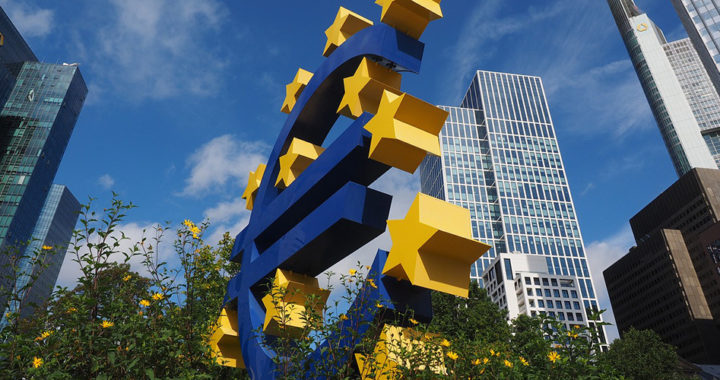The difference between the European Union and the Eurozone is considerably simpler. It centers primarily on what they are, their structure, as well as their respective purposes or functions as a type of intergovernmental organization.
What is the Difference Between the European Union and the Eurozone?
Essentially, the EU is a political and economic bloc with the primary purpose of maintaining an internal single market for its member-countries. This single market promotes free trade, as well as the free movement of people and capital. In other words, the EU is a political and economic union
On the other hand, the Eurozone or the euro area is a specific monetary union composed of countries that have adopted the euro currency. The Eurosystem comprising of the European Central Bank or ECB and the national central banks of the member-countries controls the monetary policy of the Eurozone.
To understand better the difference between the European Union and the Eurozone, it is important to note that the former supersedes the latter. The Eurozone is actually the product of 11 member-countries of the EU that convened in 1998 to develop and implement a single currency. Hence, the monetary zone would not be possible without the political and economic interrelations established through the EU.
It is also worth mentioning that the Eurogroup makes political decisions regarding the Eurozone and the euro currency. This group is a collective term representing the informal meetings of the finance ministers of EU and Eurozone member-countries.
All EU member-countries are obligated to join the Eurozone granted that they are able to meet the euro convergence criteria. Note that only EU members are eligible for full Eurozone membership and thus, full membership to the greater Economic and Monetary Union or EMU.
However, some EU members are not part of the Eurozone and they do not use the euro currency. Before the United Kingdom withdrew its membership from the EU, it has refused to accept the euro and has continued to use its pound sterling currency. Denmark also uses its own Danish krone currency. These countries were able to opt out from the Eurozone and EMU through legal agreements.
Several non-EU members are also using the euro currency through signed formal agreements with the European Union. These are Andorra, Monaco, San Marino, and the Vatican City. Note that these countries or states are not considered part of the Eurozone and they do not have a seat in the European Central Bank and the Eurogroup.

